- Home
- slideshows
- miscellaneous
- A look at the daily routine of Alexander Hamilton, who loved coffee and worked for marathon stretches of time
A look at the daily routine of Alexander Hamilton, who loved coffee and worked for marathon stretches of time
In a 1800 letter to his then-18-year-old son Philip — who would die in a duel three years before the famous Hamilton-Burr showdown of 1804— Hamilton extolled the benefits of rising early.

He advised Philip to wake up no later than 6 a.m. from April to October, and no later than 7 a.m. for the rest of year. Hamilton added that his son would "deserve commendation" if he deigned to rise earlier.
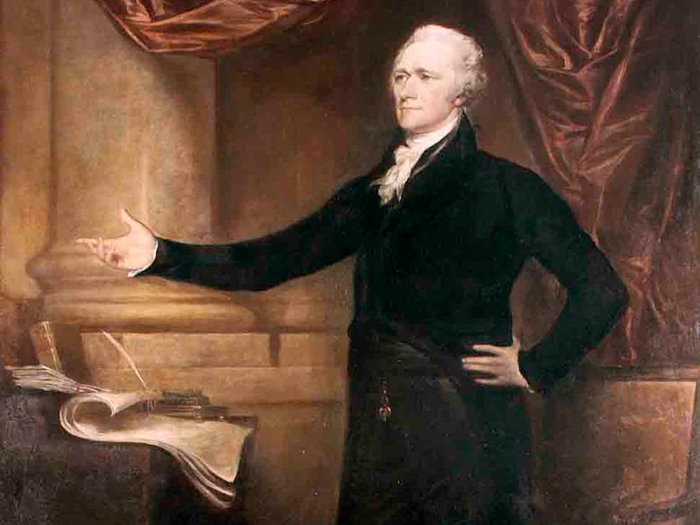
Source: The Founders Archives
Given Hamilton's own intense work ethic, it's not a stretch to imagine that he himself also woke up relatively early.

Source: The Founders Archives
Unsurprisingly, Hamilton reportedly relied on lots of java to ease into the day.
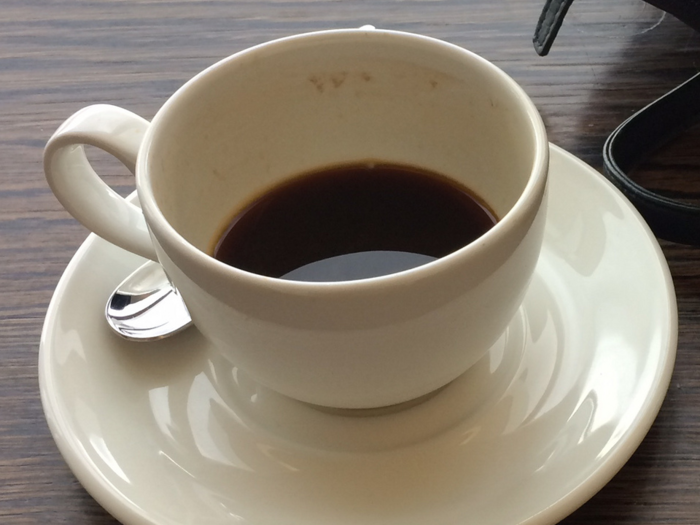
Hamilton's friend William Sullivan wrote that he typically slept for six or seven hours, and preferred to drink "strong coffee" in the morning.
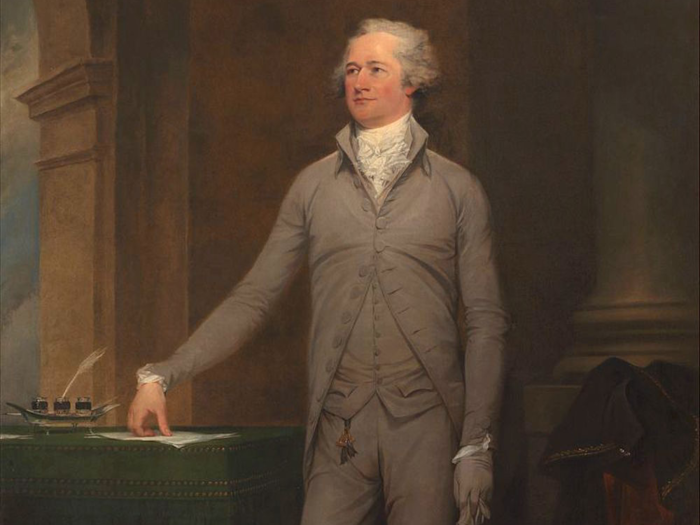
Hamilton recommended that Philip dress, eat breakfast, and then study law until 9 a.m. After that, the schedule called for the younger Hamilton to head to the office, where he would read and write law.
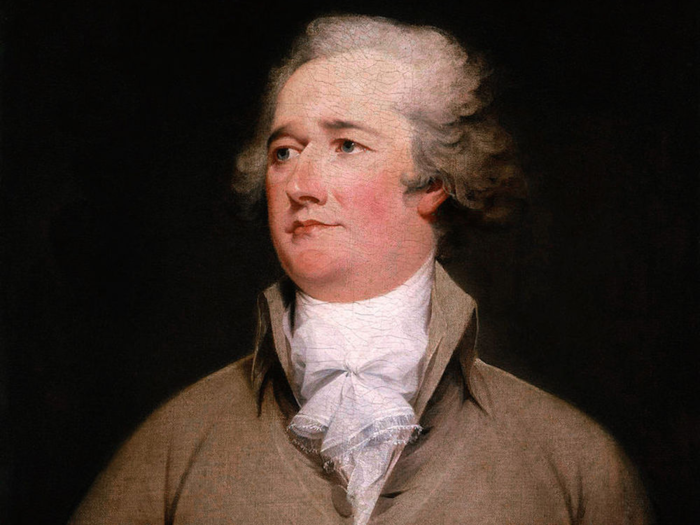
Source: The Founders Archives
Dinnertime in the Hamilton household occurred in the middle of the day. Hamilton's favorite dishes are lost to history, but author Laura Kumin has speculated that the founder's wife Eliza would have likely brought Dutch-influenced tastes in their home.
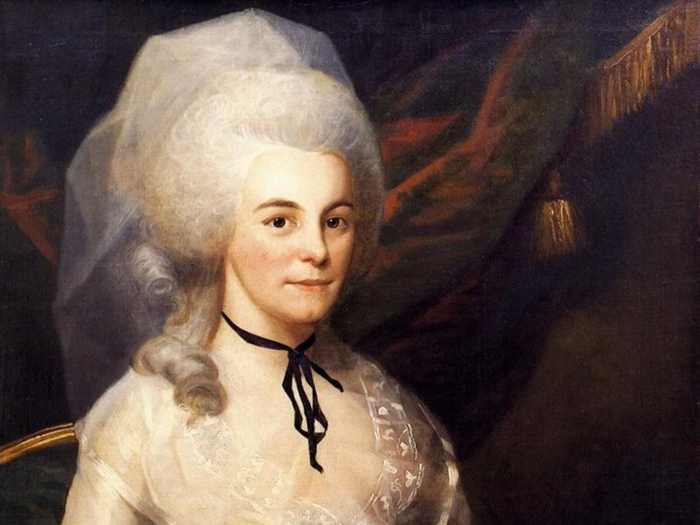
That meant meals like "hearty split pea soup served with rye bread, topped with Dutch-style smoked bacon," according to NPR.

Hamilton also had a sweet tooth. This was made especially clear during the Founding Father's fateful 1790 dinner with Thomas Jefferson and James Madison — during which it was decided that the US capital would be moved to the banks of the Potomac, in exchange for a national bank.

Hamilton was apparently particularly taken with the dessert served by Jefferson: vanilla ice cream "enclosed in a warm pastry, like a cream puff." The founder "positively exulted" the dish, according to historian Charles Cerami.
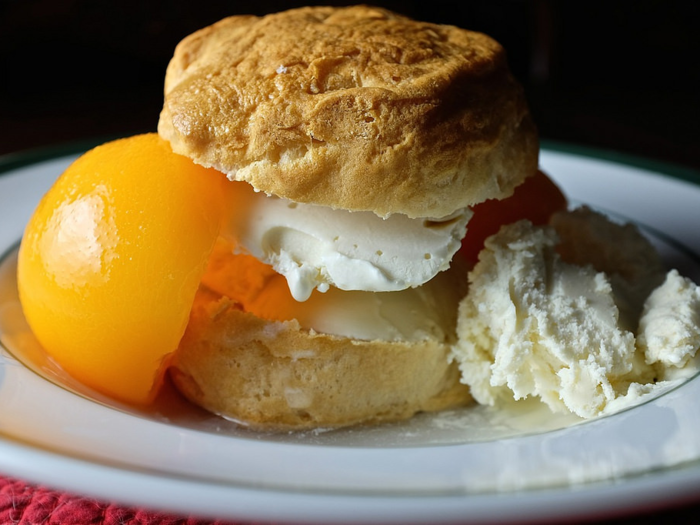
The Hamiltons also reportedly introduced George and Martha Washington to the joys of ice cream in 1789.
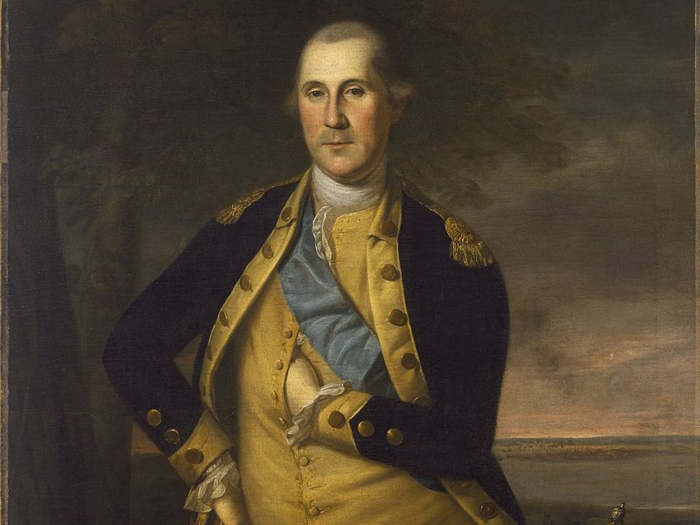
One thing that Hamilton allegedly wasn't skilled at was holding his liquor. John Adams — who was no fan of Hamilton by any means — called his fellow founder an "insolent coxcomb who rarely dined in good company where there was good wine without getting silly and vaporing about his administration, like a young girl about her brilliants and trinkets."

After partaking in the main meal of the day, Hamilton told his son to continue to read law until 5 p.m., after which he could take a break and spend "his time as he pleases." At 7 p.m., the eldest Hamilton child could read and study "whatever he pleases," before heading to bed.
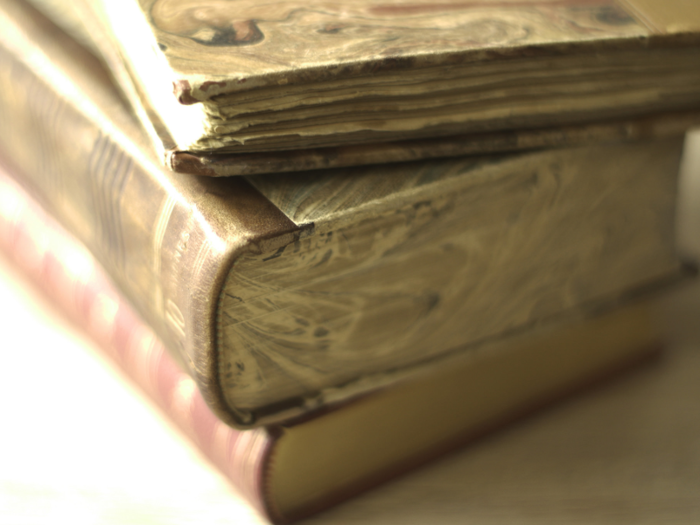
Source: The Founders Archives
Of course, Hamilton was breaking down this schedule for a young law student. But the rigorous routine reflects how the Founding Father was able to plan his own time in order to achieve maximum productivity. This is, after all, the man who wrote 51 of the 85 Federalist Papers in the span of just eight months.

Source: The Founders Archives, "Alexander Hamilton,"
Hamilton biographer Ron Chernow wrote that, whatever he was doing, the founder "approached this daily routine with the same perfectionist ardor that he exhibited in his studies." His good friend Robert Troup, who observed Hamilton at the start of his career in the Continental Army, praised his "military spirit" and added that he was "very ambitious of improvement" in life.
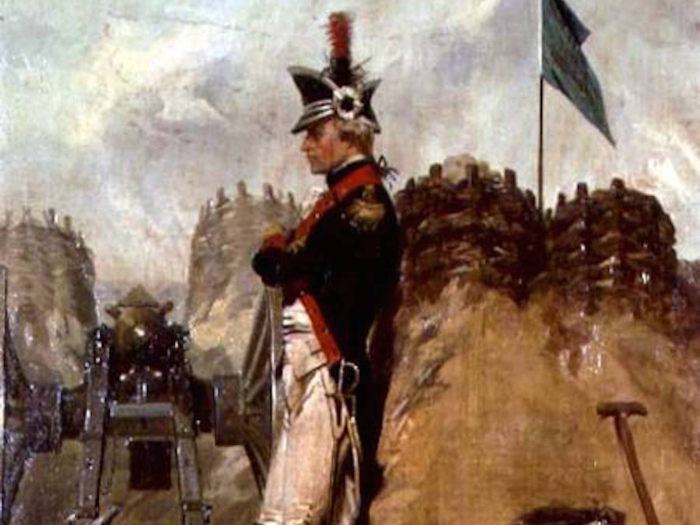
Source: The New York Times, "Alexander Hamilton,"
Sullivan wrote that Hamilton would sit at his table and work in stretches of "six, seven, or eight hours" at a time. "Hamilton developed ingenious ways to wring words from himself," Chernow wrote. "One method was to walk the floor as he formed sentences in his head." Chernow attributed to his "tremendous output" to a combination of "superhuman stamina and intellect" and a propensity for "a fair degree of repetition."
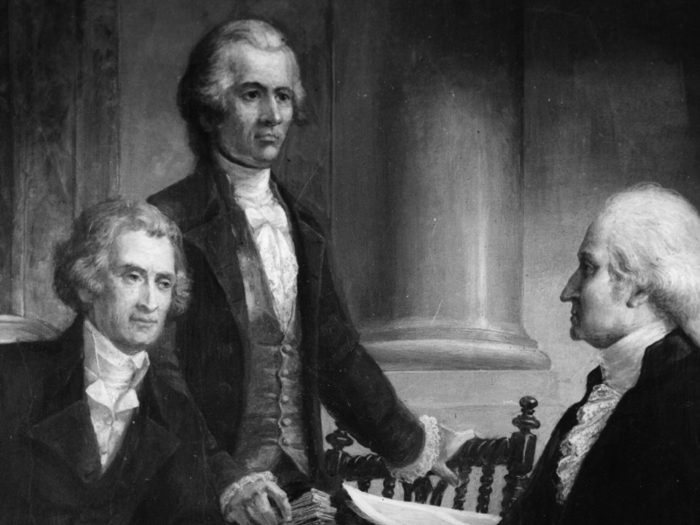
Source: "Alexander Hamilton"
Popular Right Now
Popular Keywords
Advertisement